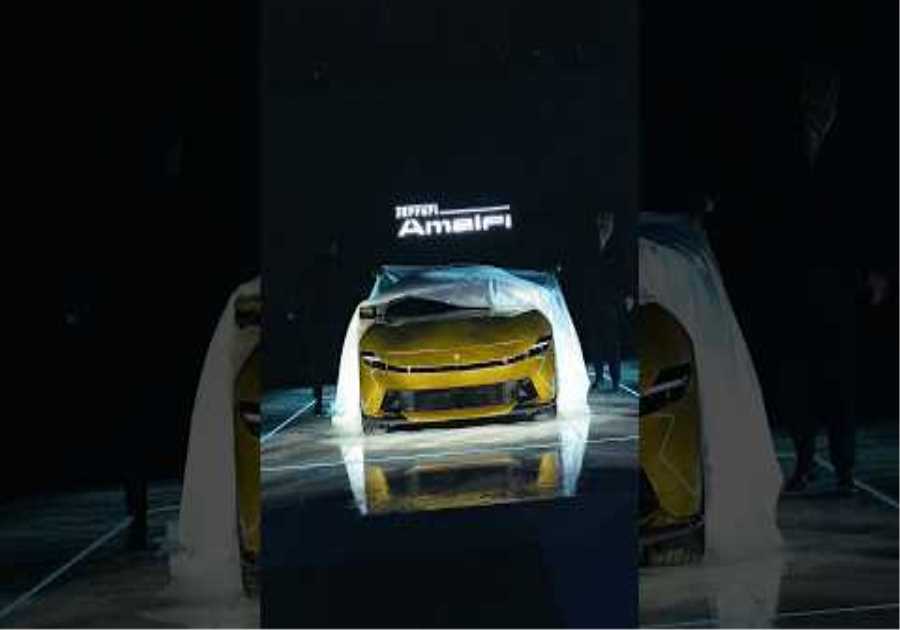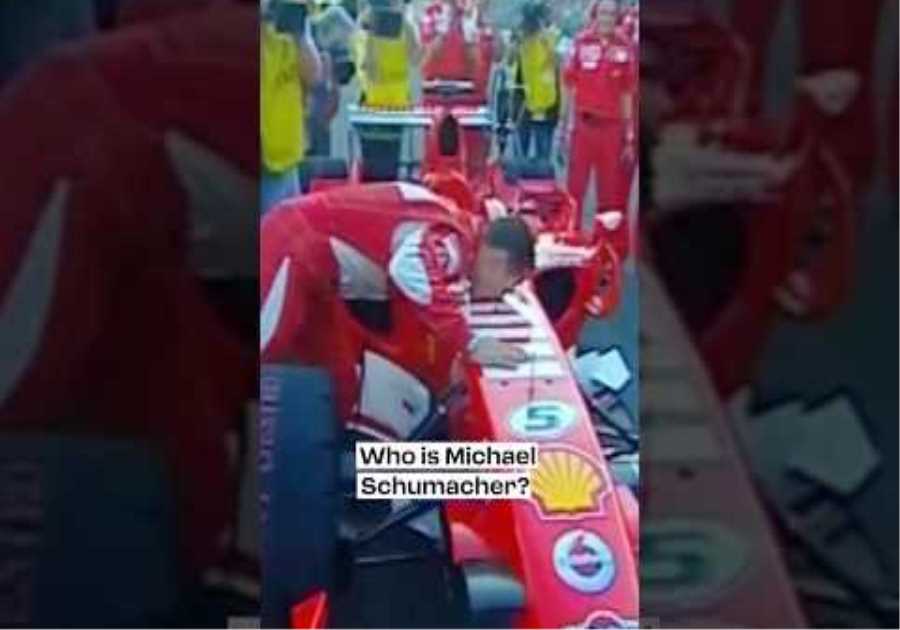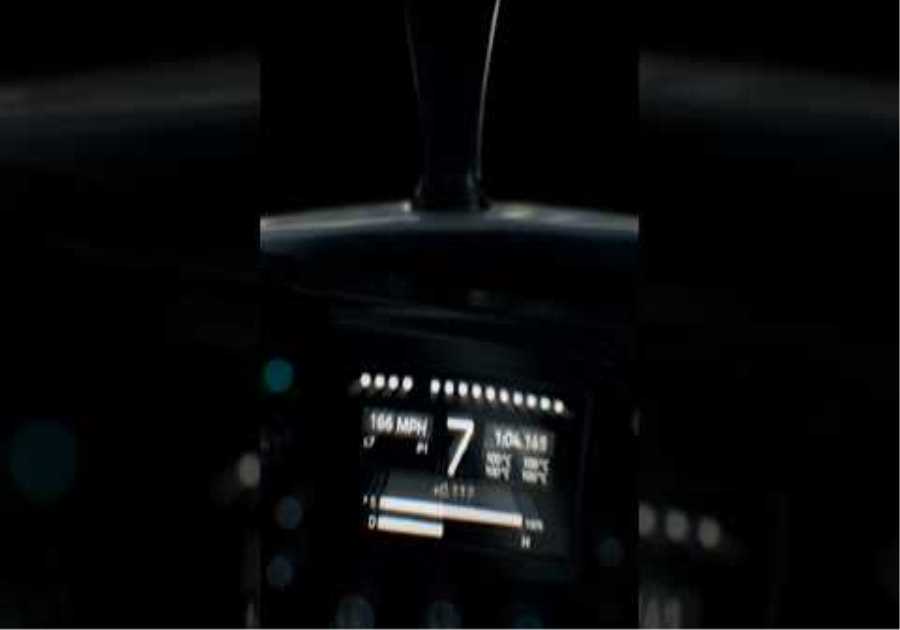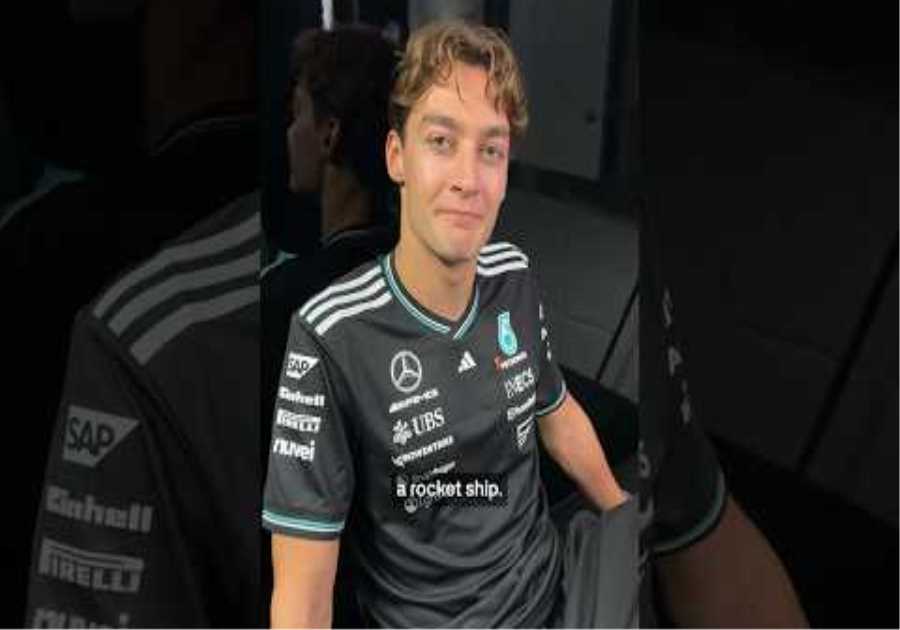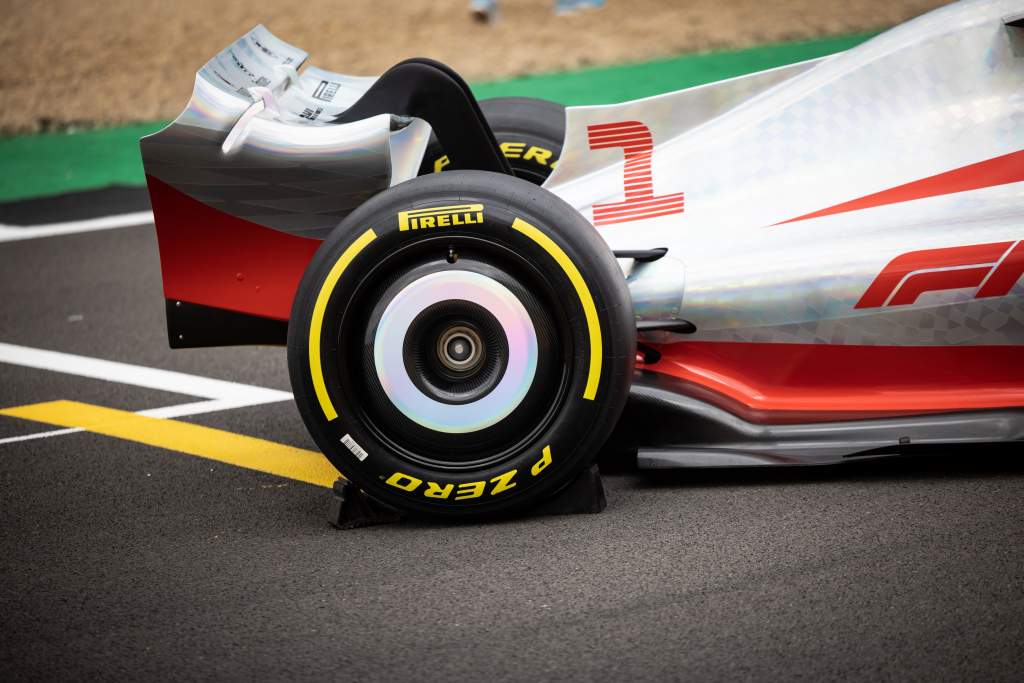
The new Formula 1 regulations mean more than just all-new cars, as there is a whole new set of nomenclature to become familiar with, not least when it comes to naming components.
This system is not entirely new, because we have known for a long time the distinction between the so-called list parts (which a team must construct itself) and the non-list parts (which can be supplied by another team). But there are now four formal part designations that apply to all parts of the car outside of the powertrain, which are covered by their own specific rules.
These are Listed Team Components (LTC), Portable Components (TRC), Standard Supply Components (SSC), and Open Source Components (OSC).
The names give an idea of what these are, but nothing is simple in F1, so it is important to understand exactly what these different classifications, set out in F1 technical regulations, mean.
LISTED TEAM COMPONENTS (LTC)
This category existed for the past year as a new designation for what used to be called list parts. These are “components the design, manufacture and intellectual property of which is owned and/or controlled solely by a single competitor or its agents”.
This means that while teams can outsource some or all of this work to third parties, this must be done on an exclusive basis. In short, this means that the design of these parts must be their own work and not be taken over by other teams. The definition includes all historical work done on the parts that served as their basis.
However, it is permissible to use third-party specialized intellectual property or technology as long as it is commercially available to all.
After the controversy surrounding the “Pink Mercedes” produced by Racing Point in 2020, there are rules as to how far the design of such parts can be inspired by other teams.
The regulations state that “it is permissible to be influenced by the design of a competing LTC’s concept” but not to the point of reverse engineering.
This is defined as using photos and images in combination with “software that converts them into point clouds, curves, surfaces, or allows CAD geometry to be overlaid on or extracted from the photo or image”.
Stereo photogrammetry, 3D cameras and other stereoscopic 3D techniques, surface scanning, and “any technique that projects points or curves onto a surface to facilitate the reverse engineering process” are also prohibited.
There are only seven LTC categories, but this still covers many of the car’s key performance aspects, as aerodynamic components are covered.
LTC list
Survival cell and primary role structure
Front impact structure
Aerodynamic components (unless otherwise noted)
plank mounting
wheel drum and drum deflector
fuel bladder
TRANSFERABLE COMPONENTS (TRC)
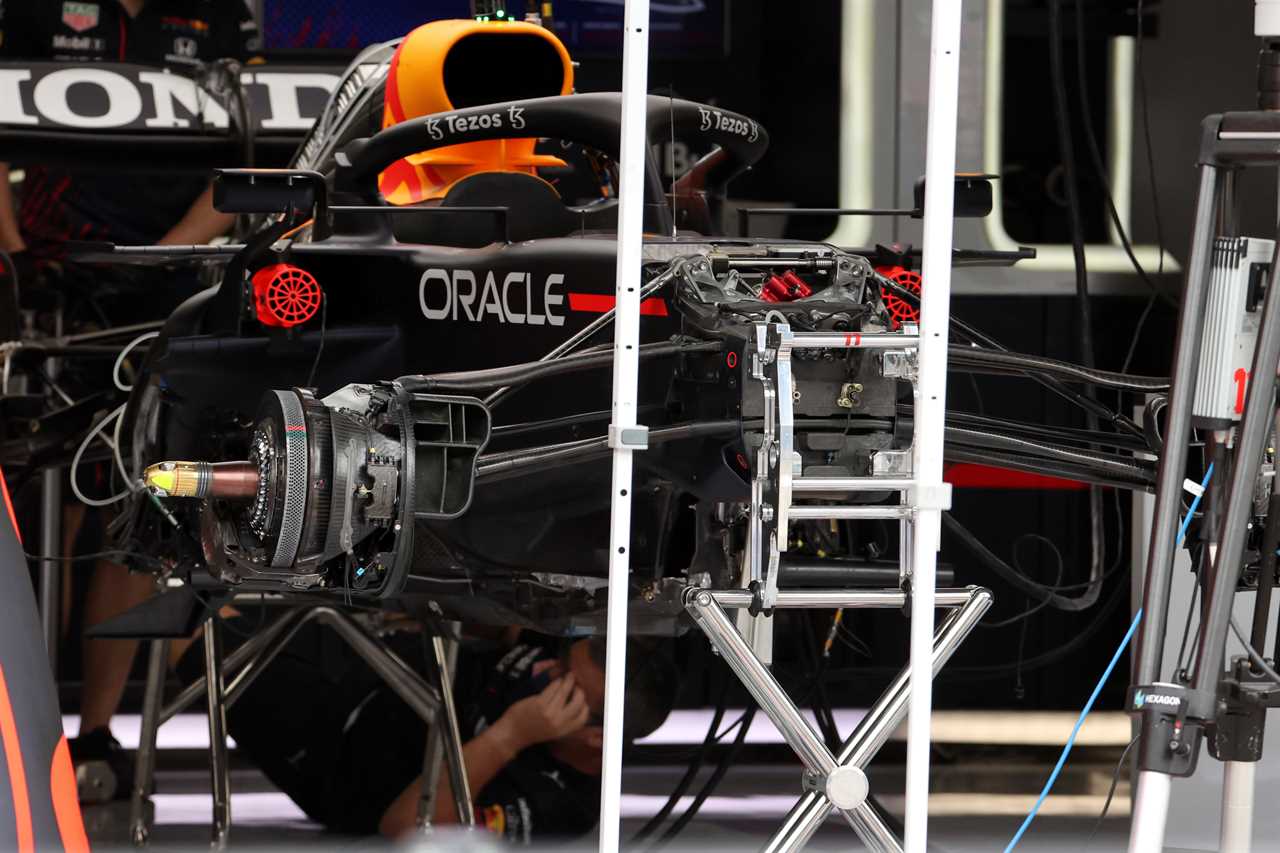
Formerly referred to as unlisted parts, these are components whose intellectual property is owned by competitors or third parties, but which they can supply to other teams.
Haas is the team using the most TRCs and maximizing the parts it inherits from technical partner Ferrari. But AlphaTauri and Aston Martin have also been using this for a long time, while Williams will use Mercedes transmissions and associated hydraulic systems in 2022.
The regulations require that the team or third party to deliver TRCs “own all rights, information and/or data of any kind (including any aspect of design, manufacture, know-how, operation) and/or must control procedures, properties and calibrations”.
TRCs passed from one team to another must also be identical to those they use – although the competitor is allowed to change them. This means that teams cannot design custom TRCs specifically for delivery to another team.
TRC regulations allow teams to supply to a competitor parts that have been outsourced in whole or in part to design, provided the third party is not another team or one that “directly or indirectly designs TRCs or LTCs for another competitor.”
The supplier must also provide its customer with all relevant financial information, whereby the financial regulations must assign a “fair value” to the parts for cost cap purposes.
The transferrable components are similar to previous years, although one change affects the rules for the suspension elements, meaning teams will have to make their own aerodynamic covers as these are no longer included.
TRC list
rear impact structure
gear carrier
gear cassette
coupling
clutch actuation system
clutch shaft
innards of the gearbox
Ancillary transmission components (oil system, reverse gear, etc.)
Internal front suspension
Front suspension elements
Front knuckle assembly (without axles, bearings, nuts and retaining system
Front axles (inside the contact area with the spacer) and bearings
Internal rear suspension
Rear suspension elements
Rear knuckle assembly (without axles, bearings, nuts and bracket system)
Rear axles (inside the contact area with the spacer) and bearings
Power steering
Fuel system components not listed as OSC, SSC or LTC
hydraulic pump and accumulator
Hydraulic distributor sensors and control valves
Piping between hydraulic pump, hydraulic manifold and transmission or engine actuators
Secondary heat exchanger (in the oil and coolant system)
Engine mounts to gearbox and survival cell
Exhaust system beyond the turbine and wastegate exits (which are covered by PU rules)
Electric looms
STANDARD SUPPLY COMPONENTS (SSC)
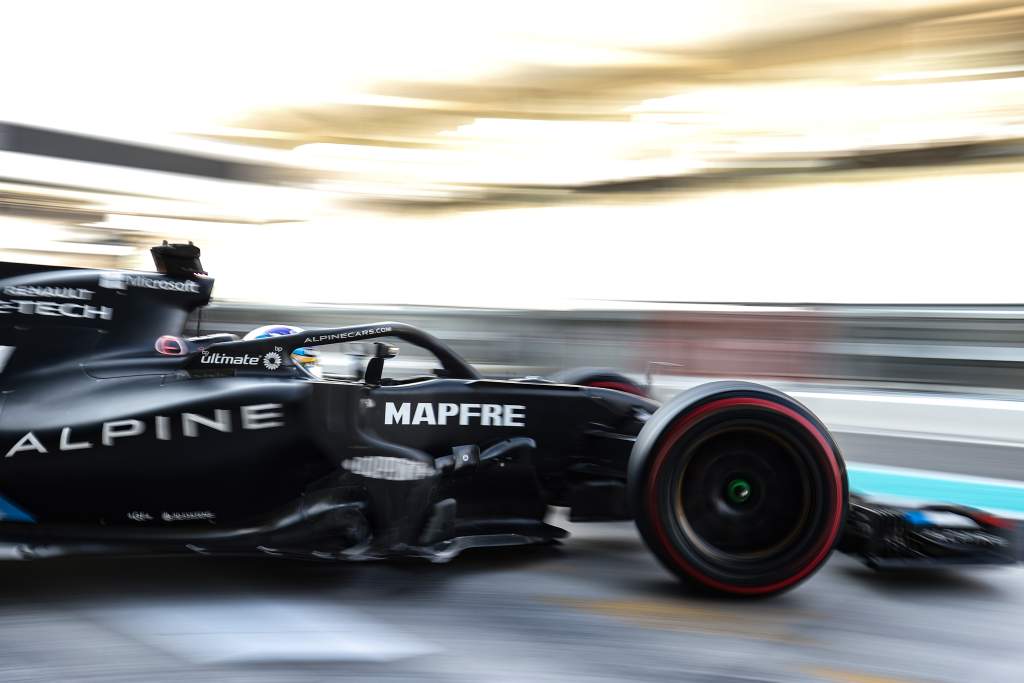
As the name suggests, these are the parts designed and manufactured by an FIA nominated supplier. In short, these are spec pieces used by all teams.
These parts must not be modified and competitors must not directly or indirectly share any information that will be used to improve their performance.
New SSCs this year include the wheel covers produced by German rim manufacturer BBS and the mandatory tire pressure sensor required by Pirelli, which allows Pirelli to more closely monitor the running conditions of its products.
There are also better known SSCs, such as the Pirelli tires, the standard ECUs supplied by McLaren Applied Technologies since 2008 and the fuel flow meters supplied by the British company Sentronics since 2018.
SSC LIST
wheel covers
Torque of the clutch shaft
rims
Tire Pressure Sensor (TPMS)
tires
Fuel system primer pumps and flexible pipes and hoses
Power unit energy storage current/voltage sensor
fuel flow meter
PSU pressure and temperature sensors
high-pressure fuel pump
Telemetry from car to team
driver radio
Accident Data Recorder (ADR)
high speed camera
accelerometer in the ear
Biometric gloves
maneuvering system
Transponder for timing
television cameras
wheel scoreboard
standard control unit
Standard ECU FIA applications
taillights
OPEN SOURCE COMPONENTS (OSC)
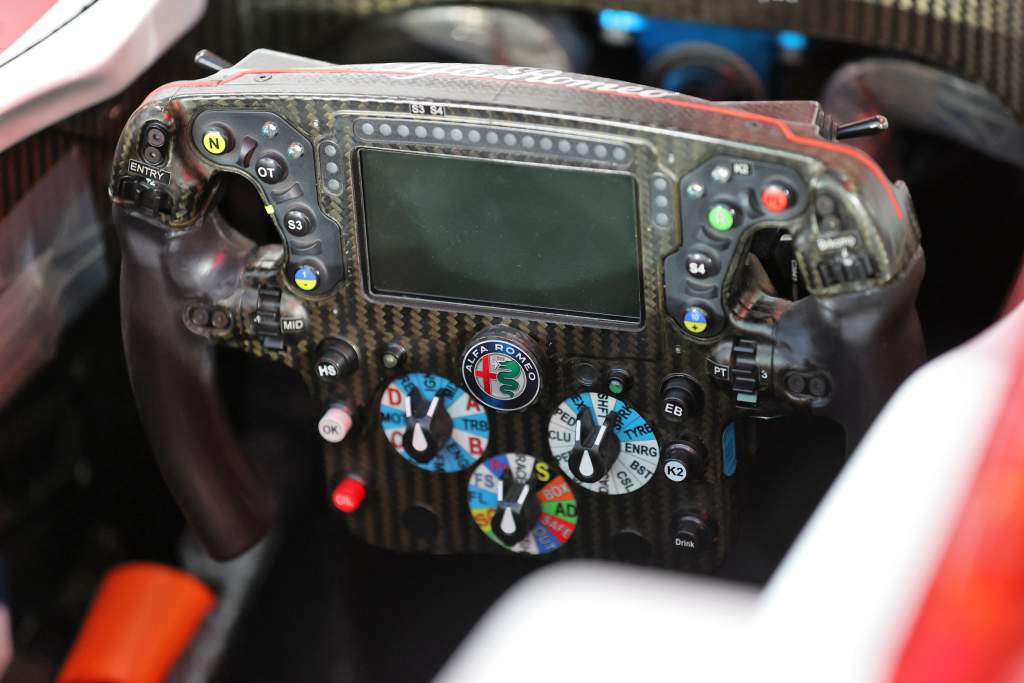
This is an entirely new part designation that applies to the components whose design and intellectual property is made available to all teams. They exist as an alternative to the wider use of off-the-shelf components, allowing teams to customize parts to their own designs.
Teams must upload the design specification and any subsequent changes to an FIA server accessible to all teams. This must be done before the part is run on the track for the first time.
Teams can incorporate and modify such designs into the parts that they can use under what is known as the FIA Open Source Components License. However, there are possible limitations for all OCSs that use third-party copyrighted information and/or intellectual property – with the requirement that any team can order such components from the supplier, even if the design information is removed from it on the OSC server.
Competitors are responsible for the installation and operation of all OSC parts (including from a liability perspective), but there is also an obligation to share information about any problems that arise.
OSCs can also be delivered from one competitor to another, effectively making them a type of TRC.
OSC list
Front floor structure
pedals
Rear Wing Adjuster (DRS)
drive shaft
Front axles (outside the contact area with wheel spacers), nuts and retaining system
Rear axles (outside the contact area with wheel spacers), nuts and retaining system
steering column
Steering wheel and quick release
Brake disc, disc bell and pad assembly
calipers
Rear brake control system (brake by wire)
master cylinder
fuel system
fuel collector
Hydraulic layout of the fuel system
fire extinguisher
water drink system

